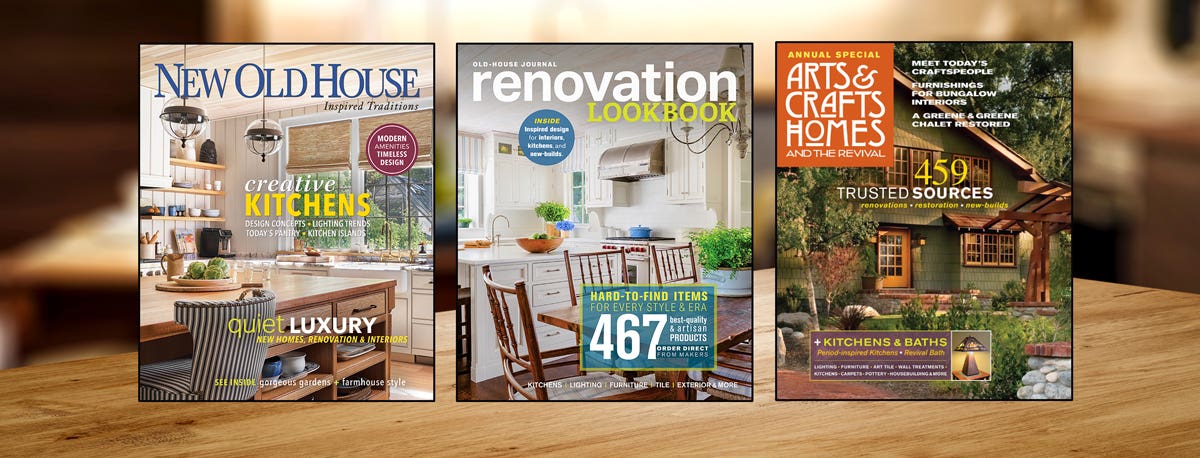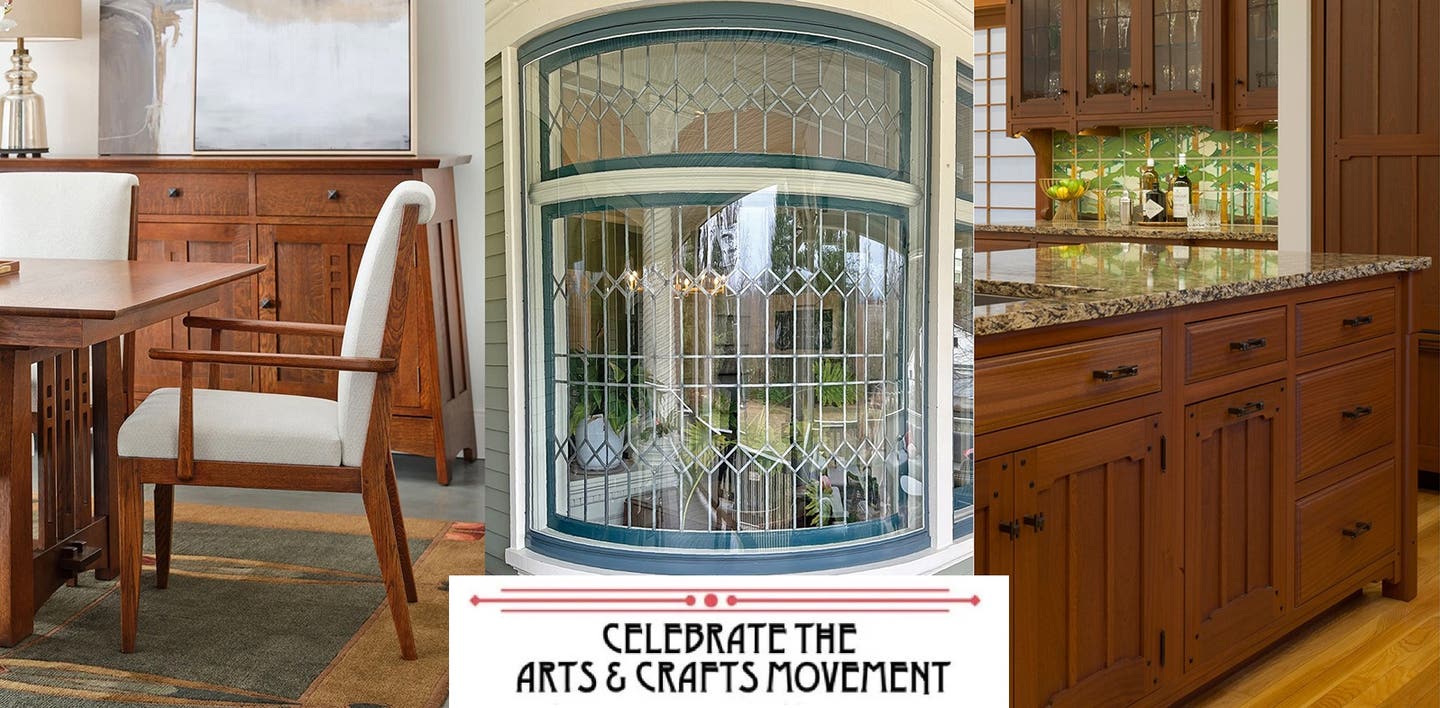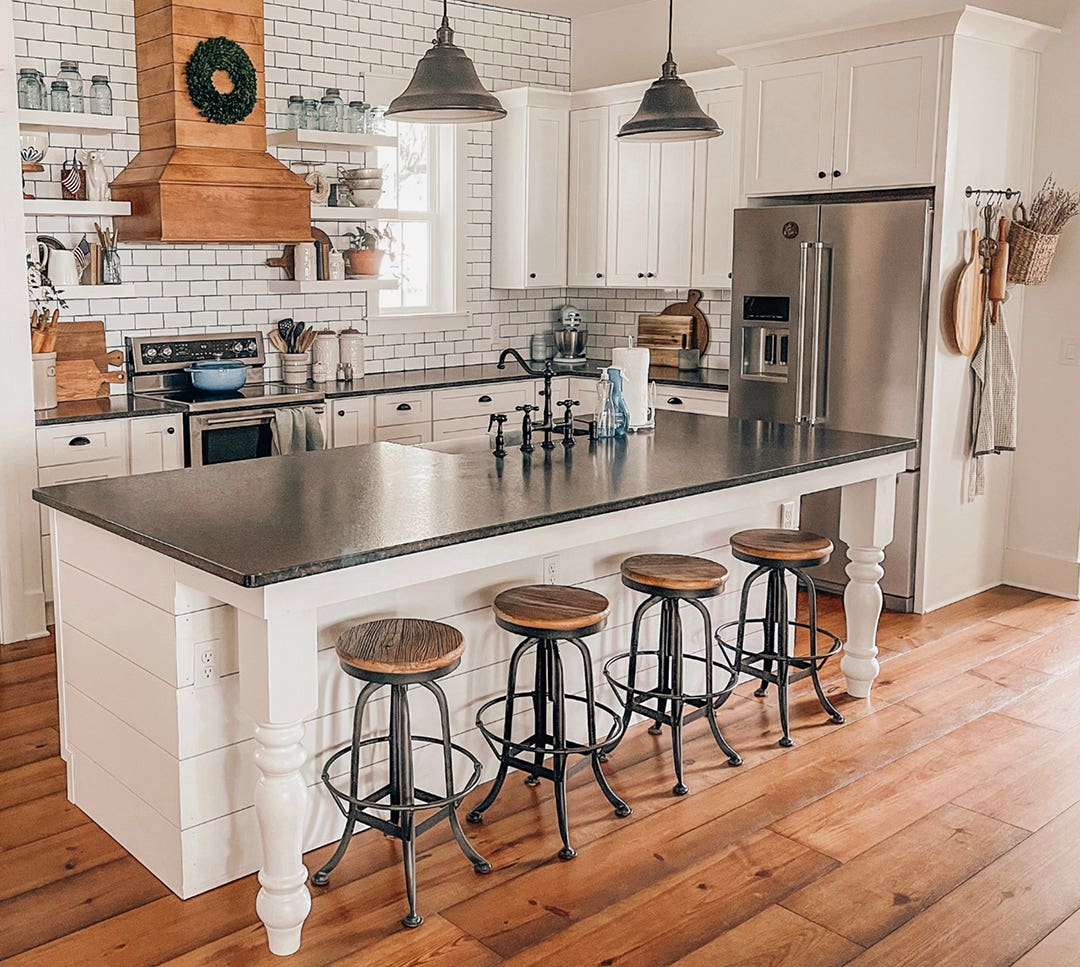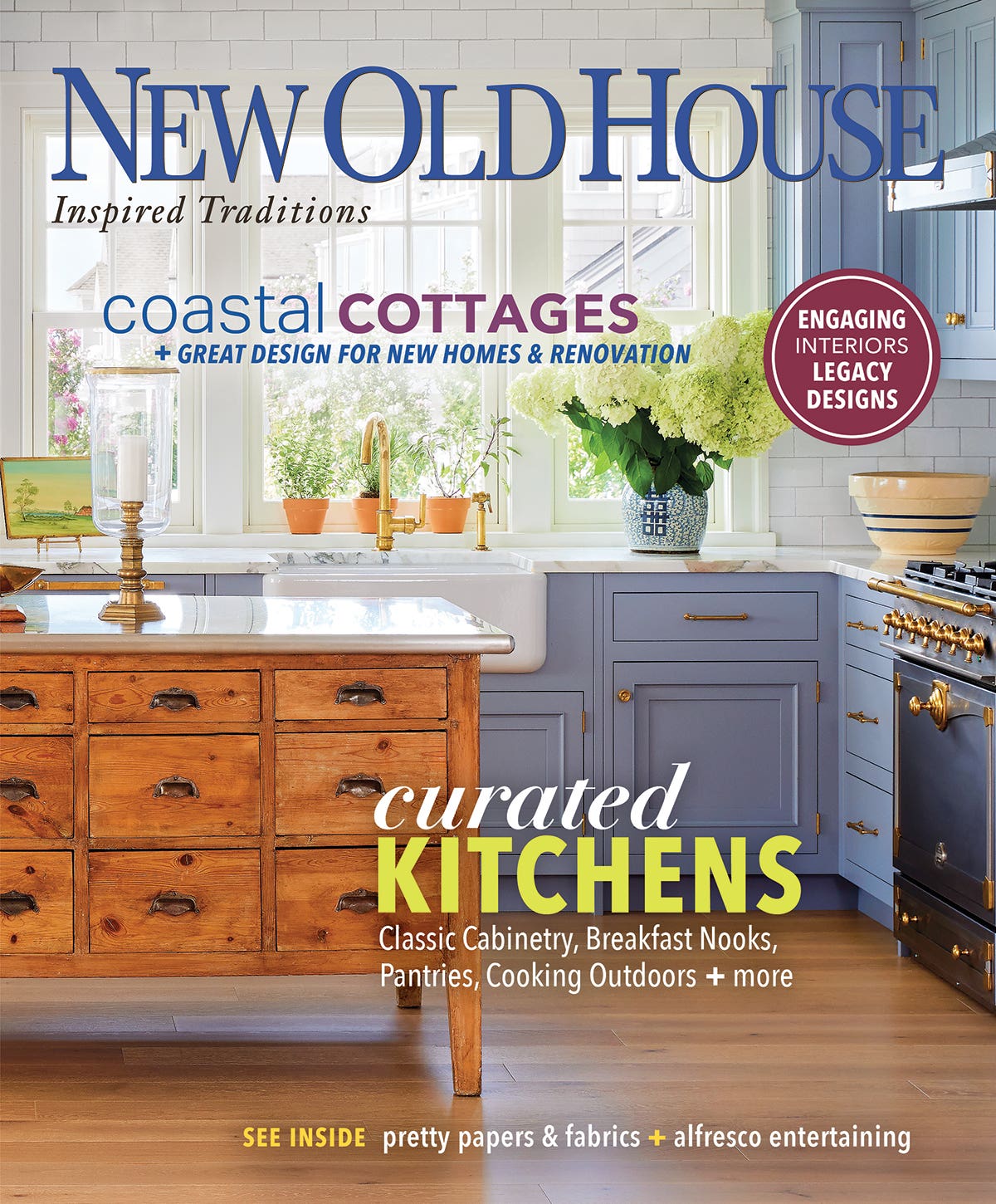The Arts & Crafts Mentality
A Note from the Editor: For most people, Bungalow and Craftsman mean an architectural style, like Georgian or Italianate. If you’ve read about the Arts & Crafts movement, though, or…
A Note from the Editor:
For most people, Bungalow and Craftsman mean an architectural style, like Georgian or Italianate. If you’ve read about the Arts & Crafts movement, though, or are following its revival, you realize that the range is wide. The proto-Modern tea room by Scots designer C.R. Mackintosh, a 1906 plan house in Gustav Stickley’s magazine, the Japanese-inspired mansion for the Gamble family, a semi-bungalow in a streetcar suburb, and a brand-new, energy-sipping “smart house” design–build by a guild of artisans—certainly these houses don’t represent one “style.” Yet all are under the Arts & Crafts umbrella.
The same is true for the furnishings and decorative arts we call Arts & Crafts. The flowing patterns of stylized flora in William Morris patterns have little in common with the geometric pendant ornaments in a wallpaper frieze; pottery and tile differ by country and individual maker; the furniture, often summarized as plain, heavy, and rectilinear, can also be ornamented with neo-Gothic motifs, or delicate.
Subscribe to Arts & Crafts Homes, or pick up an issue at your favorite bookstore or newsstand. Order back issues through the Old-House Bookstore or call (800) 850-7279.
What, then, does Arts & Crafts mean? I’ve been asked that by magazine people and even by my kids, so I’ve come up with some sound bites: Arts & Crafts is inclusive because it is more a philosophy for design (and living) than a rigid style. A&C is almost the opposite of a historic style, because it has evolved and is still evolving. A&C is more focused on interpretation than on replication. Arts & Crafts sees beauty where it really lives—that’s why it has so many vernacular and regional expressions. Its buildings may be stone, or brick, or shingled, depending on custom; its motifs may refer to the designs of the Navajo or to local fauna.
As was true a century and more ago, today’s artisans are less concerned with style, and more with their approach to design and manufacture. They consider the peculiarities of place, use discernment, marry design to craft, and often work cooperatively with other artists and tradespeople. Their clients are looking not for what is most on-trend or for the cheapest option, but rather for a connection to the maker. Arts & Crafts is not about consumerist acquisition; it’s about making and having fewer, better things.
Patricia Poore,Editor
ppoore@homebuyerpubs.com
10 Harbor Rd., Gloucester, MA 01930
Patricia Poore is Editor-in-chief of Old House Journal and Arts & Crafts Homes, as well as editorial director at Active Interest Media’s Home Group, overseeing New Old House, Traditional Building, and special-interest publications.
Poore joined Old House Journal when it was a Brooklyn-brownstoner newsletter in the late 1970s. She became owner and publisher and, except for the years 2002–2013, has been its editor. Poore founded the magazines Old-House Interiors (1995–2013) and Early Homes (2004–2017); their content is now available online and folded into Old-House Journal’s wider coverage. Poore also created GARBAGE magazine (1989–1994), the first unaffiliated environmental consumer magazine.
Poore has participated, hands-on, in several restorations, including her own homes: a 1911 brownstone in Park Slope, Brooklyn, and a 1904 Tudor–Shingle Style house in Gloucester, Massachusetts, where she brought up her boys and their wonderful dogs.







